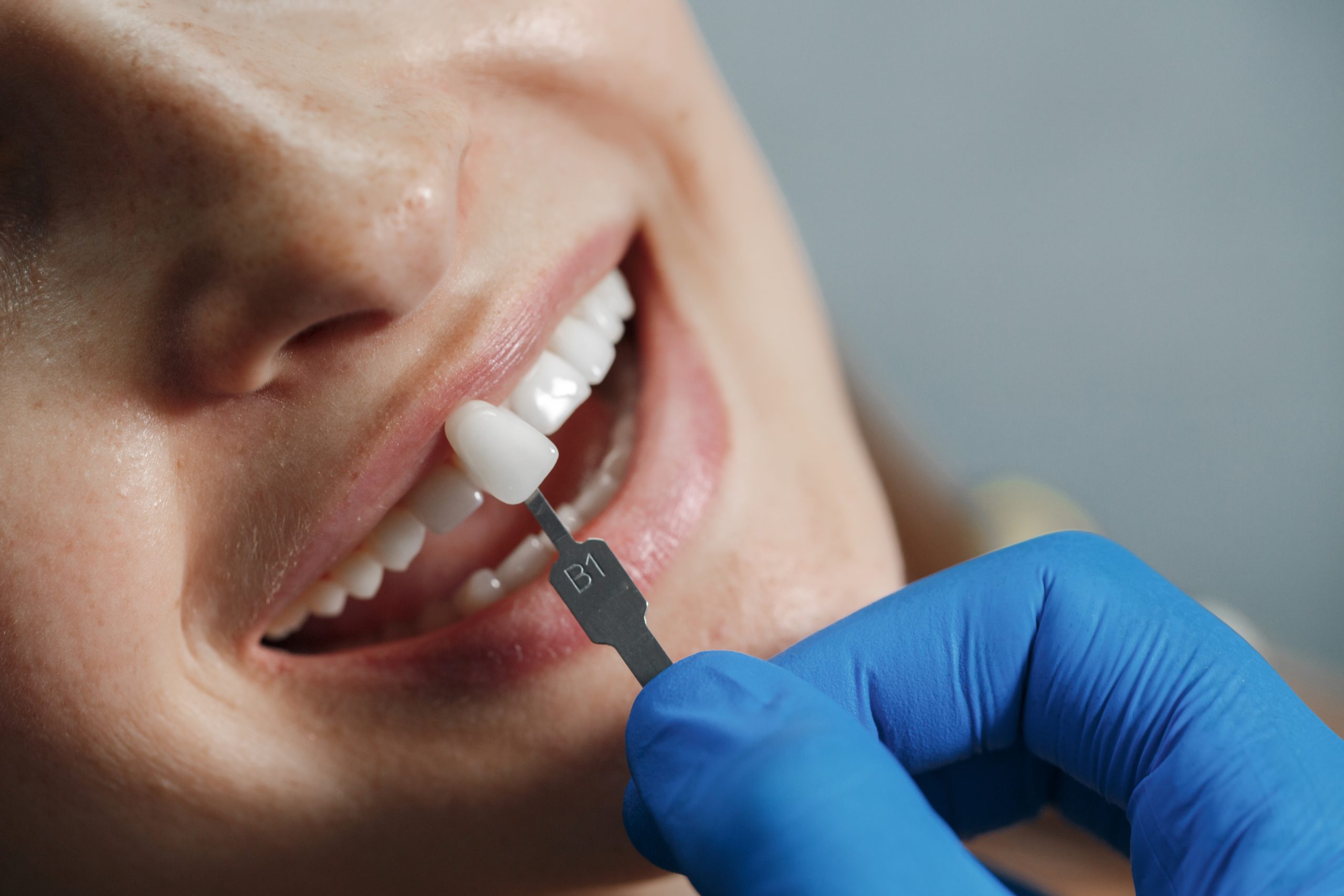
A mouth full of healthy teeth is vital for physical and mental health in so many ways. These include chewing, speech and self-confidence. So, when one or more teeth are knocked out or loosen through medical reasons, this can cause several concerning issues. Missing teeth left over a longer period of time can create complications with the gums, including bacteria and gum disease. They can also make the neighbouring teeth move closer together and cause misalignment in the mouth or jaw. It can also become far harder to eat, talk or smile with confidence. It is therefore important to think carefully about treatment options, including missing tooth implants.
Thanks to modern technology and innovations in dentistry, the choices for replacing missing teeth are greater than ever. Depending on the number of teeth that are missing and the condition of the rest of the patient’s mouth and jawbone, different treatment options will be suitable. Treatments are effective, long-lasting and carried out in as comfortable and pain-free a way as possible. Other considerations include the patient’s age, general health, condition of their mouth and available budget. Not all of these treatments are available on the NHS, so it is important to discuss payment plans and feasibility with your dental team in advance.
Here are four options to consider.
Missing tooth implants
Missing tooth implants can be used to replace one or more lost teeth. They are a versatile, permanent treatment option that leaves your mouth looking and feeling like it did before the tooth loss. Missing tooth implants are fitted over a series of appointments. First of all, a titanium screw implant is inserted into the jawbone under local anaesthetic. This is left to heal and for the bone to fuse around it. A temporary crown or covering is then added. After a few weeks, the permanent crown is fitted. This will have been measured, designed and created to look as natural as possible shape, size and colours will be matched to the neighbouring teeth. If cared for correctly, missing tooth implants can last for many years.
Bridges
A bridge is exactly what one might expect from its name. It fills the gap between two missing teeth and helps with aesthetics, chewing and overall oral health. Two supports, called abutments, are attached to the teeth either side of the gap. Then, artificial teeth are created and attached to the abutments to fit the gap in between. Bridges are designed to give a natural, comfortable fit. There are different ways to attach a bridge, including metal wings that are fixed to the back of the neighbouring teeth. Other options include having dental implants fixed into the jawbone (in the same way as missing teeth implants) to hold a bridge in place. You can also have crowns that attach over one or both teeth that sit at each end of the gap.
Partial dentures
These are artificial teeth that are made to fit comfortably and seamlessly into a gap caused by missing teeth. These are preferred in cases where only one or a small number of teeth are missing, rather than the whole mouth. Dentures are less invasive to install than more permanent options such as missing tooth implants. Partial dentures can be removed for cleaning, or when they are not required, such as at night. They can become uncomfortable if worn for extended periods of time. Partial dentures are not suitable for extensive tooth loss. They will need replacing reasonably frequently, as the bone structure of the mouth and face changes overtime. Otherwise, they could become loose and start to irritate the gums.
Complete dentures
Complete dentures are suitable for more serious, or even total loss of teeth. They can replace a whole set of teeth and even some of the jawbone if required. Complete dentures consists of the base, which attaches to the jawbone. Artificial teeth, designed to look and feel as natural as possible, sit on top of that. The patient will have two dentures fitted to make up a complete set. These comprise the full upper denture to fit on the maxillary arch and replace the top set of teeth and the full lower denture for the mandible arch below.